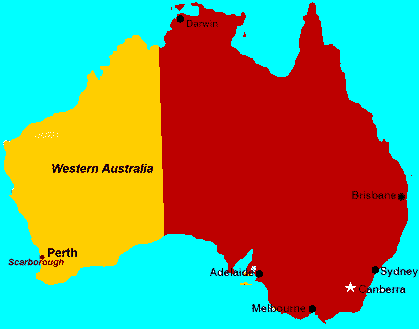IMAGES OPTIMISATION FOR THE WEB
PAGE LOAD SPEED IS A SEARCH ENGINE RANKING SIGNAL
If your Google Page Insights page load speed has a poor score because your images aren't optimised, then process your images with a computer graphics program such as Photoshop. In Photoshop when you "save for the web" reduce the file size by either a preset "low" or moving the slider or clicking a lower number eg: 15.
Images can be optimized for the Web in common file formats: GIF, JPEG, PNG-8, and PNG-24. The format you choose for an image depends on the type of image:
The file format you choose for an optimized image is determined by the color, tonal, and graphic characteristics of the original image. In general, continuous-tone images such as photographs should be compressed as JPEG files. Illustrations with flat color or sharp edges and crisp detail, such as type, should be compressed as GIF
 | This low quality image is only 3kb and loads VERY fast. |
GIFs are usually the best file formats for simple illustrations with areas of solid colour. GIF compress files by reducing repetitive areas, such as large areas of solid colour.
eg map  This map is only 5kb, large and fast loading.
This map is only 5kb, large and fast loading.
The more repetition in an image, the more the image can be compressed.
Software to convert and optimise images include:
- ACDSee which is usually available in shareware version on PC magazines
- Adobe Photoshop's plug-in (File > Save for the Web)
- Adobe's Image Ready
- MS's Image Composer (packed with stand alone Front Page)
The compression ratio for image files is set to balance load speed with image quality. ie speed is inversely proportional to image quality.
Inserting Images on a web page